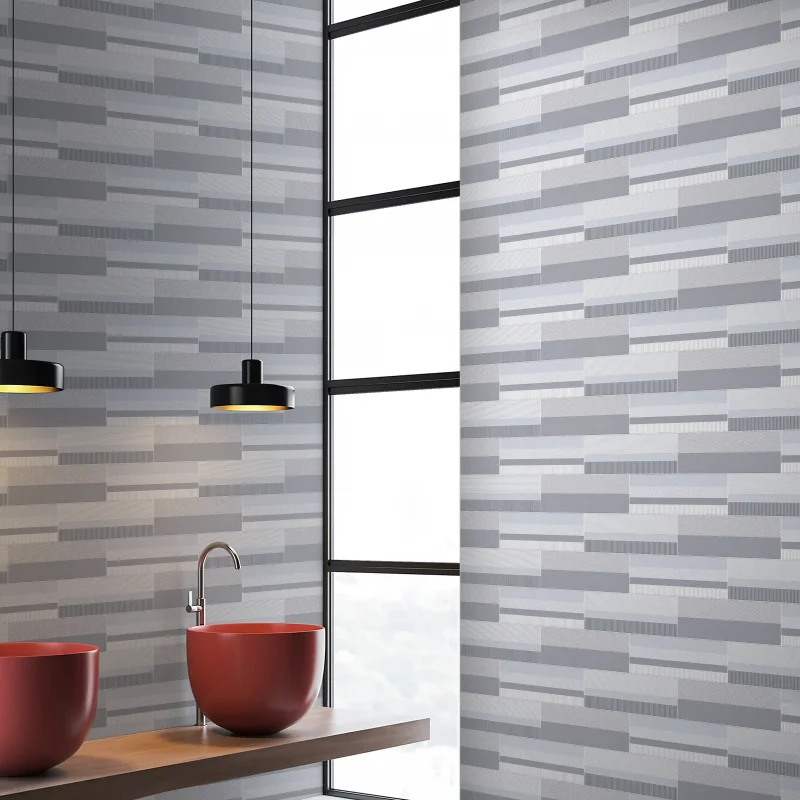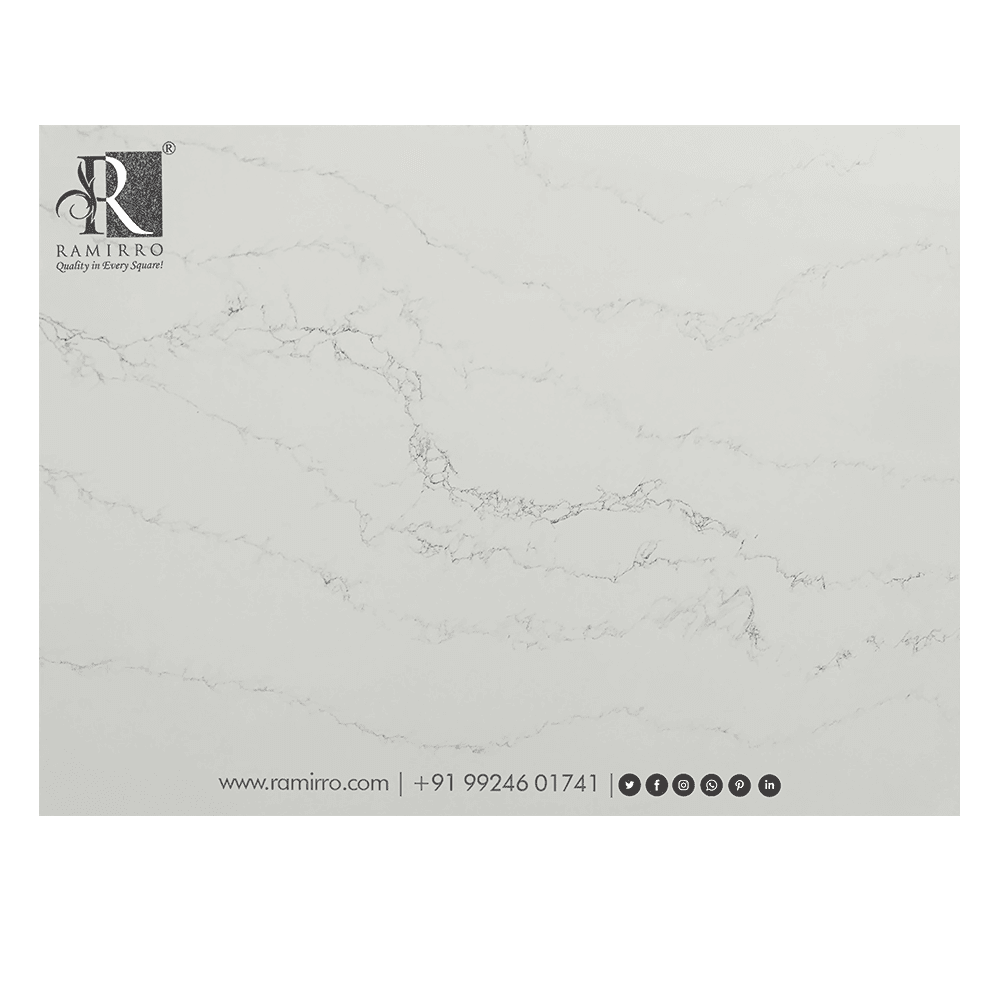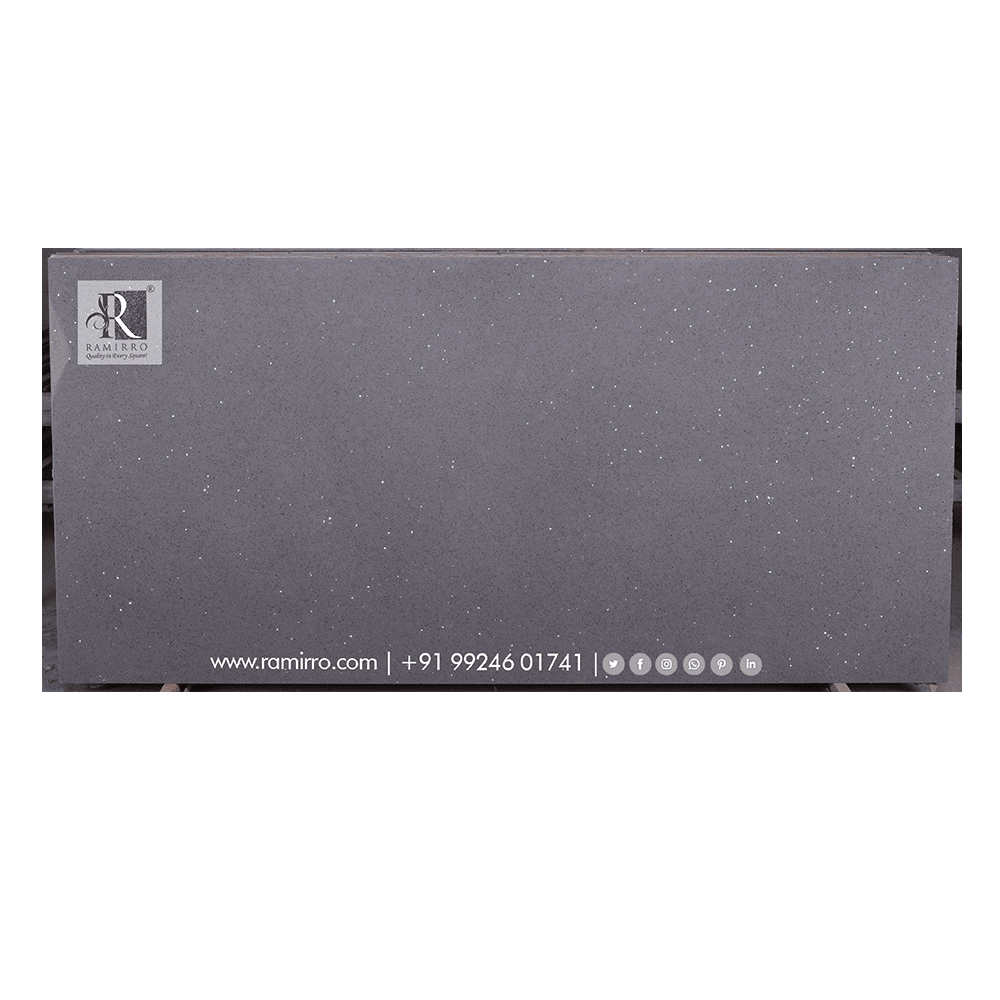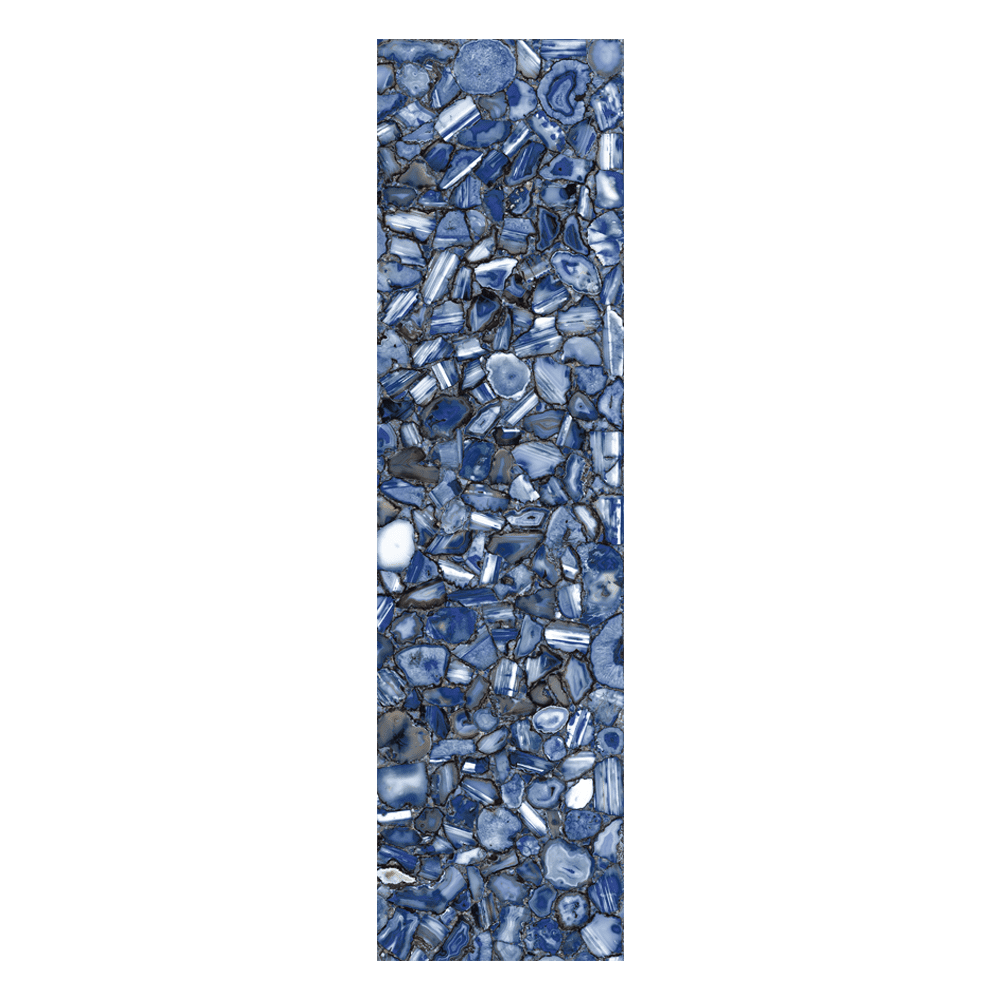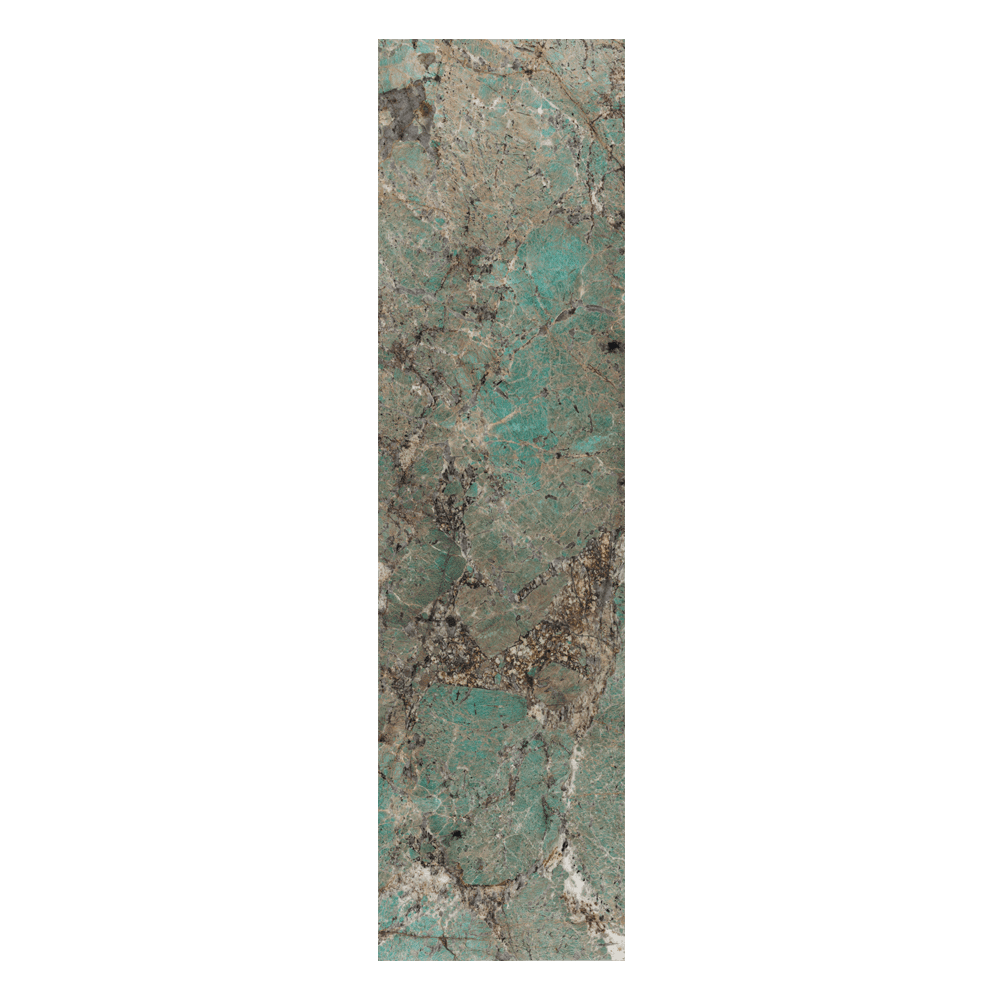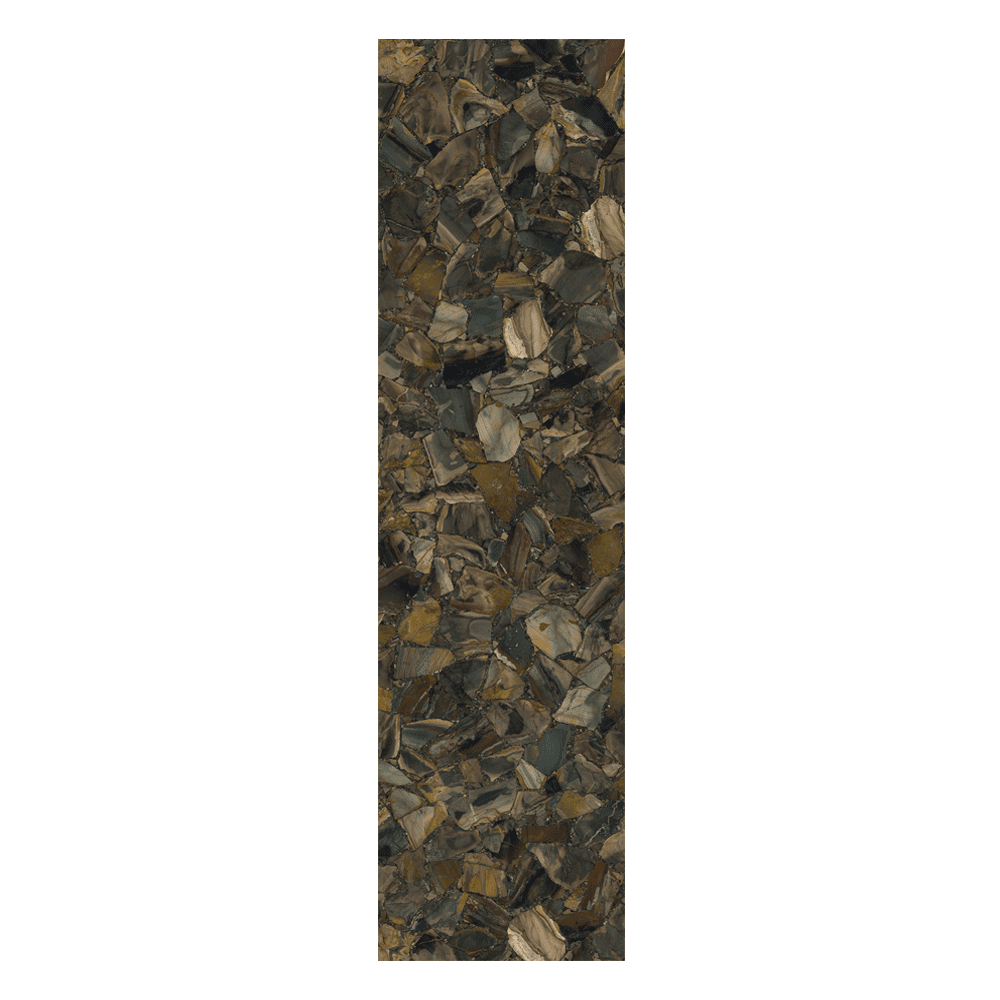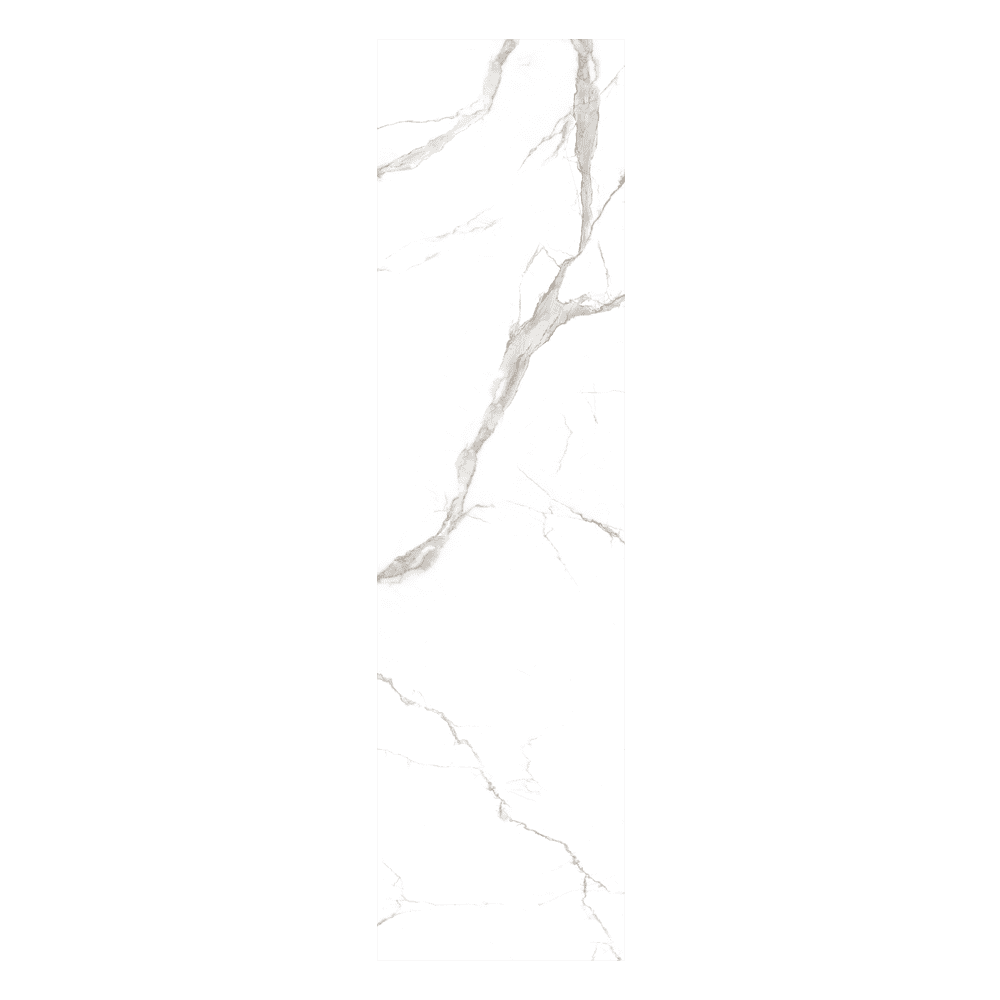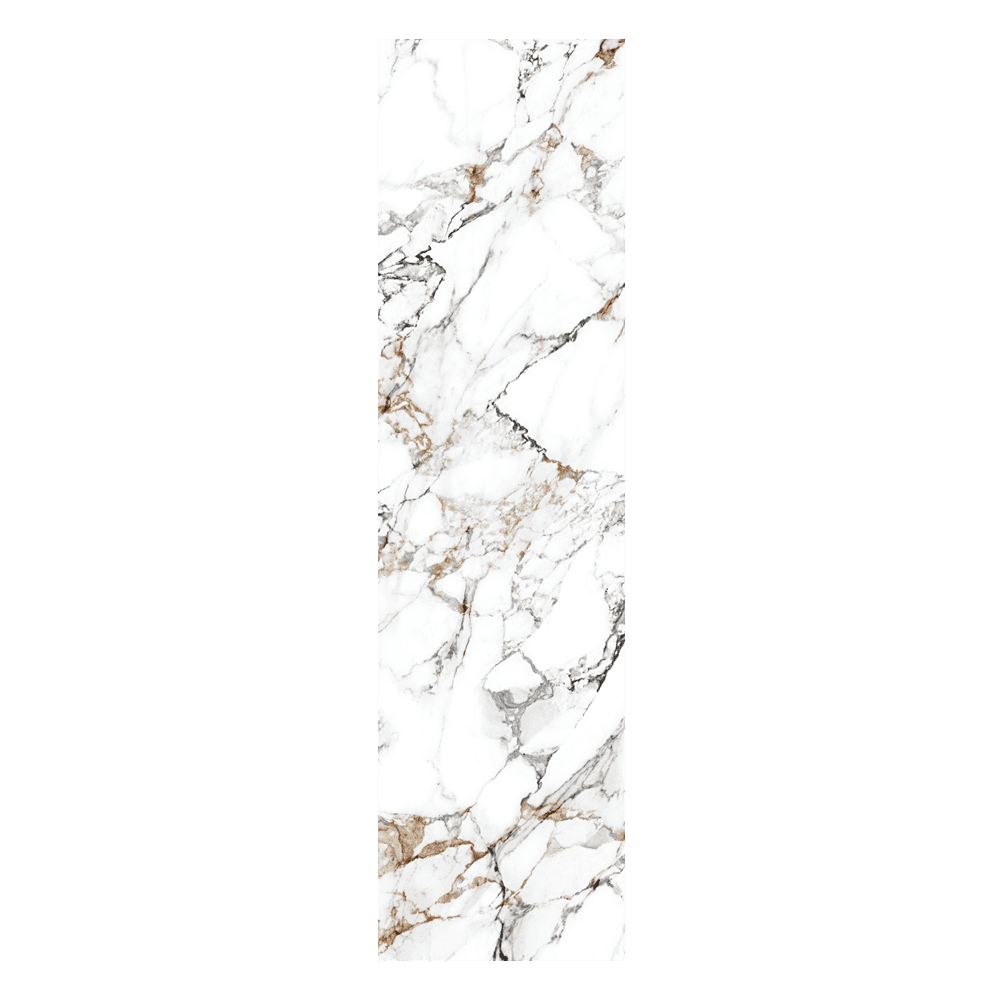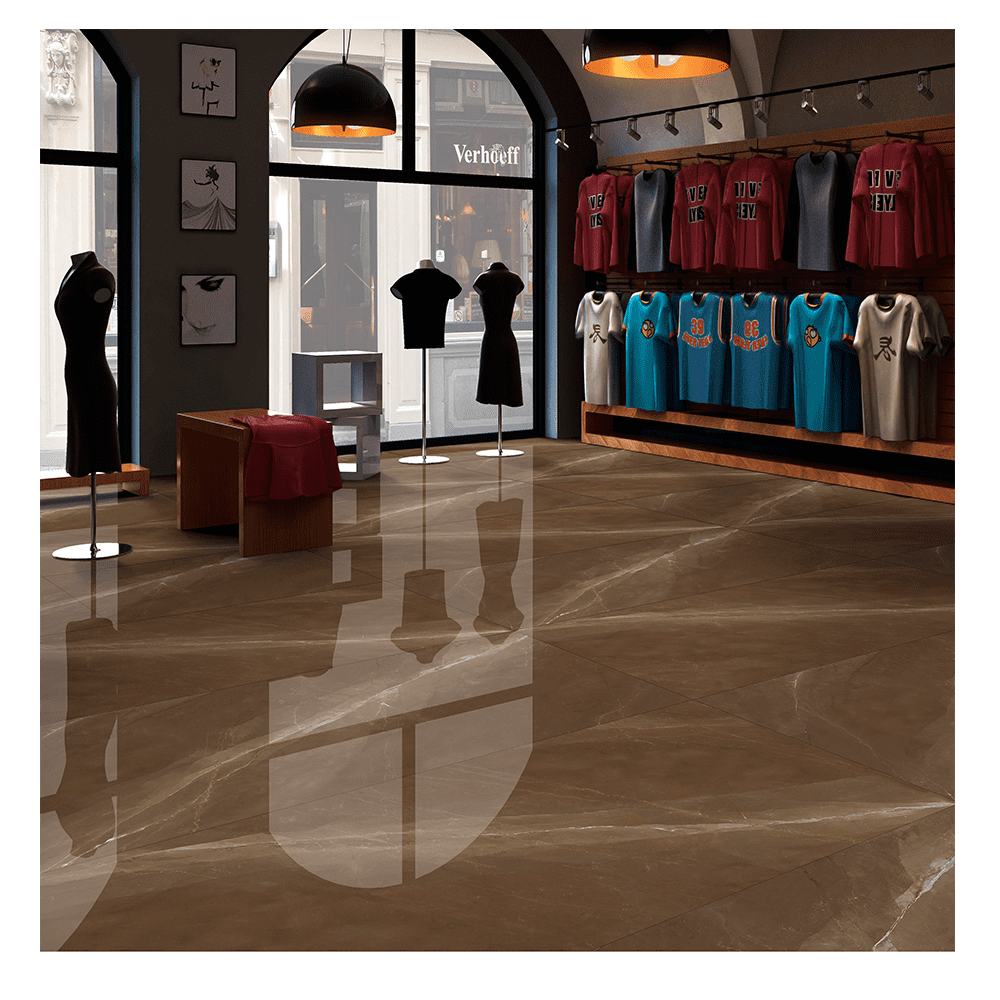Flooring is a crucial aspect of interior design, and the choice of material can greatly influence the aesthetics and functionality of a space. Among the diverse range of options available, natural stones have consistently stood out for their timeless beauty and durability. In this article, we will delve into six popular types of floor stones, exploring their characteristics, history of usage, current trends, common uses, and their pros and cons. There are various kind of stone tiles flooring materials. Here are the list of stone flooring types:
Why Should You Trust us?
Here’s what you get out of our article. Our team have various Ceramic Experts with experience of more than 25 Years, researches on problems our customer faces in tiling industry.
Ramirro Ceramica, – One of The Leading Tiles Manufacturer and Supplier globally, helps you people gain knowledgeable insight before making your purchase decision for products related to the floor and wall tiles.
So, we have closely monitored all kinds of trends in the ceramic tiles manufacturing world, from the old days of clay and plain color to modern digital, realistic-looking designs printed on ceramics with high-depth effects.
Our tiling Experts have seen thousands of different tiles patterns, sizes, materials, pricing, and installation techniques throughout their career.
Their expertise shared with you in simplified and organised way, helps you choose and make better decision before purchasing any flooring option available in market.
Brief about Company:
Ramirro is one of the finest Tiles manufacturers in India manufacturing porcelain and ceramic tiles. Our products have a variety of sizes and types of tiles ranging from Ceramics, porcelain, Full body etc. This helps you choose the perfect fit for your project. Plus, our collection will help you get inspiration from the architect’s design.
Here’s some more helpful links that showcase our users trust on Ramirro Ceramica Brand:
– Growth in International Market
– Trusted and Licensed Exporter
– Manufacturing Plant in India
Here’s our social proof by LinkedIn competing with top known global tiling brands:

Types of Stone Flooring
Here are 6 most common types of stone are:
- Marble
- Granite
- Limestone
- Slatestone
- Travertine
- Quartz
This are considered as most popular best types of natural stone.
Marble Stone
What is Marble stone?
Marble, It is one of the best type of natural stone flooring. A luxurious natural stone, has adorned the grandest of structures for centuries, emanating opulence and sophistication. Comprising primarily of calcite, marble is a metamorphic rock that undergoes intense heat and pressure beneath the Earth’s crust. This process infuses the stone with stunning veining patterns and a lustrous finish, making it a favourite for high-end interiors. Quality of natural stone will never wear off and will remain forever if well maintained regularly.
How is Marble formed?
There are few properties of natural stone. The distinctive charm of marble lies in the mineral impurities present during its formation. These impurities, such as iron oxides or clay, create the mesmerizing veins that range from delicate to bold, offering a unique aesthetic to each slab. Calcium carbonate is the predominant element in marble, responsible for its iconic luminosity and ability to transmit light.
History of Marble stone
The history of marble usage dates back to ancient civilizations. The Greeks employed it in sculptures and grand architectural elements, while the Romans adorned their palaces, temples, and public spaces with intricate marble designs. Michelangelo’s renowned sculptures, such as David, were carved from Carrara marble, showcasing its enduring allure.
Famous Types of Marble stone
In modern times, marble continues to captivate designers and homeowners alike. The Carrara region in Italy remains synonymous with high-quality marble, renowned for its pure white base and delicate gray veining. Other notable types include the dramatic Nero Marquina from Spain and the vibrant Verde Guatemala from Guatemala.
Modern Trends for Marble Stone
Contemporary trends have seen marble being used not only for flooring but also for kitchen countertops, bathroom vanities, and even furniture. Its versatility and timeless elegance make it a staple in various design styles, from classic to minimalist.
Uses of Marble stone
Marble’s uses are as diverse as its patterns. It lends an air of luxury to hotel lobbies, creates serene spa-like bathrooms, and adds a touch of grandeur to kitchens. Its natural cooling properties also make it a smart choice for warmer climates. It is also used as stone floor or also know as marble stone tiles. It is on of the natural stone flooring option available from types of stone. Marble is cut and polished to used for tile flooring. Marble flooring makes your home cooler and adds natural beauty.
Alternative to marble tiles (Buy any popular marble design in Budget Friendly price)
This is best flooring choice for marble look tiles design which has all design symmetry to natural marble in budget friendly option. Here are some flooring ideas and tiles you might like to choose from. Marble itself have variety of stone designs. So we have collected some of the best types of stone flooring tiles design with more than 500+ Marble look tiles design. It comes in various types and finishes and will feel like best natural stone flooring. Tiles size ranging from 10x10cm to 160×320 cm
-
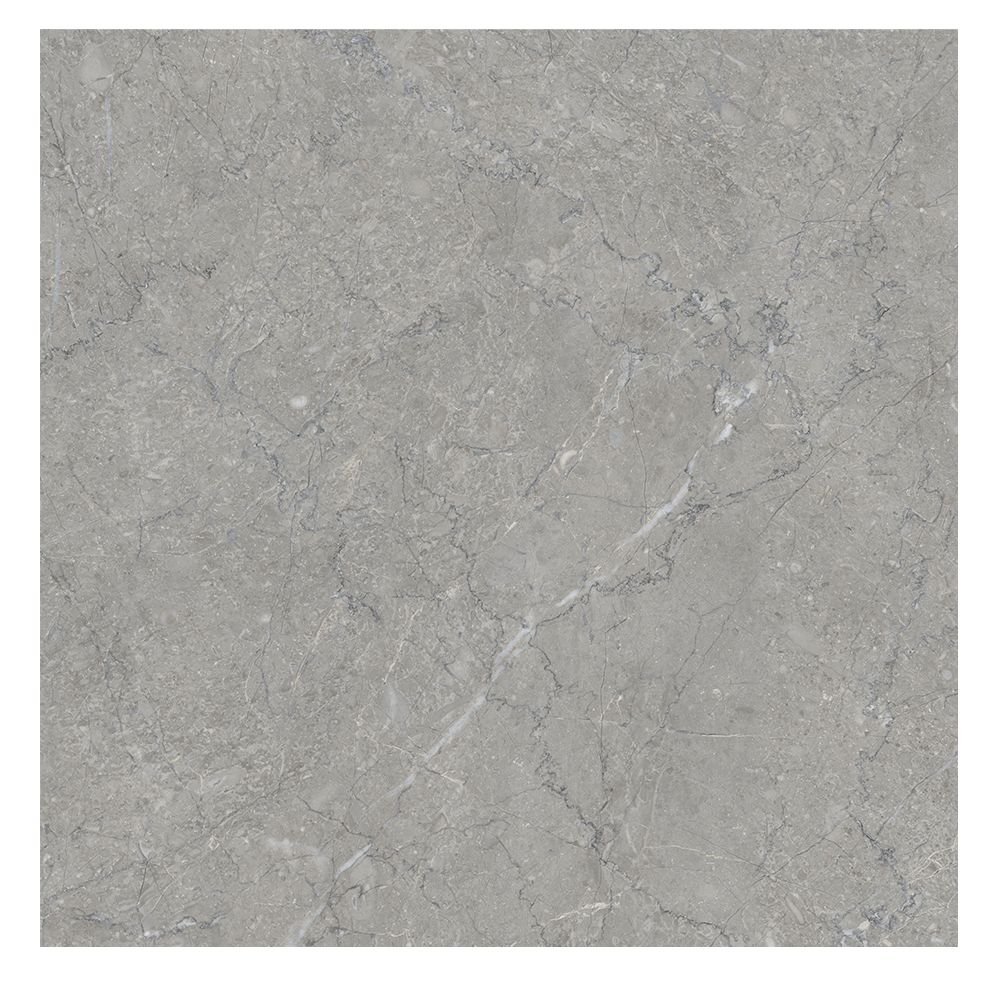 SINTETICO-GREY Marble Look Porcelain Tiles
SINTETICO-GREY Marble Look Porcelain Tiles -
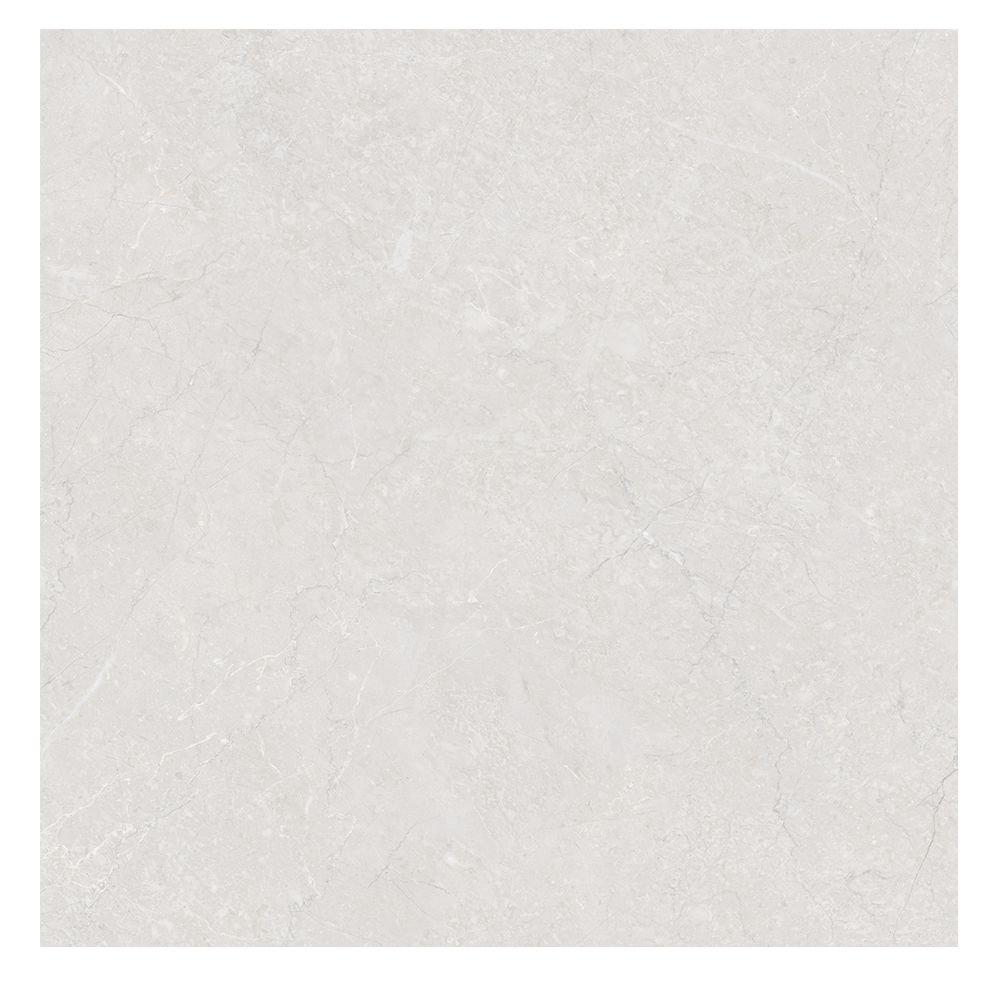 SINTETICO BIANCO Marble Look Porcelain Tiles
SINTETICO BIANCO Marble Look Porcelain Tiles -
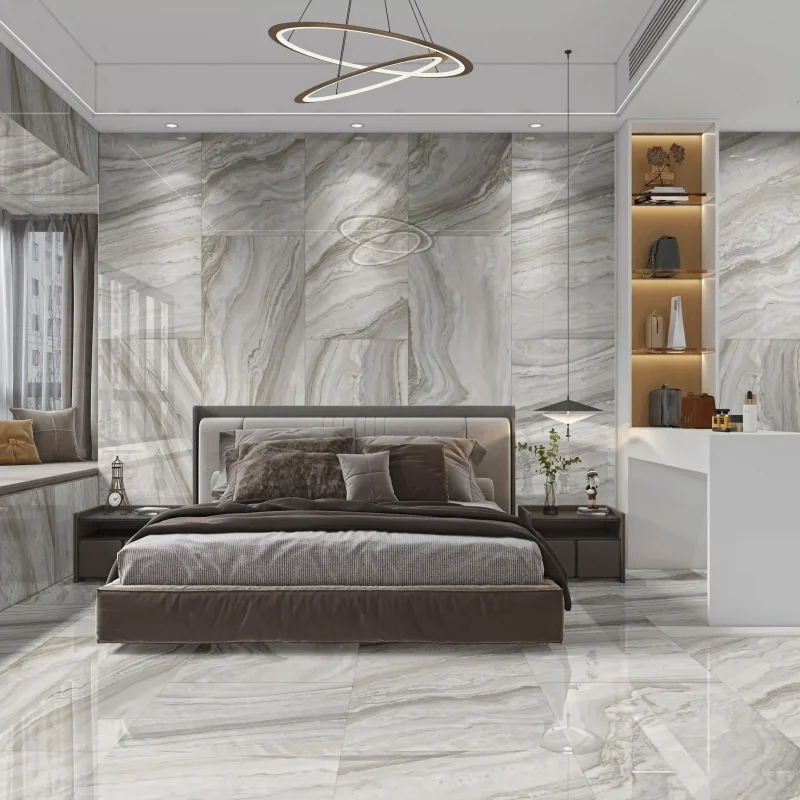 SAHARA-GREY Marble Look Porcelain Tiles
SAHARA-GREY Marble Look Porcelain Tiles -
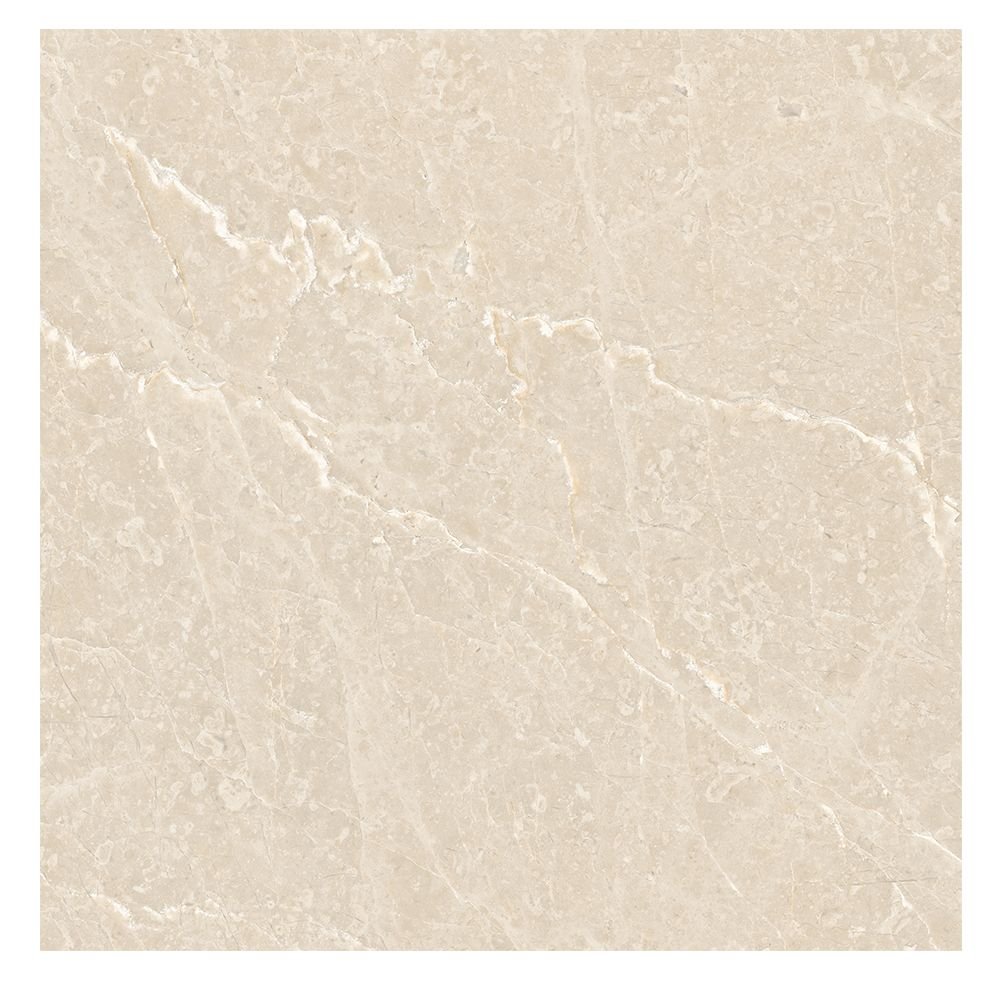 MYSTIQUE CREMA Marble Look Porcelain Tiles
MYSTIQUE CREMA Marble Look Porcelain Tiles -
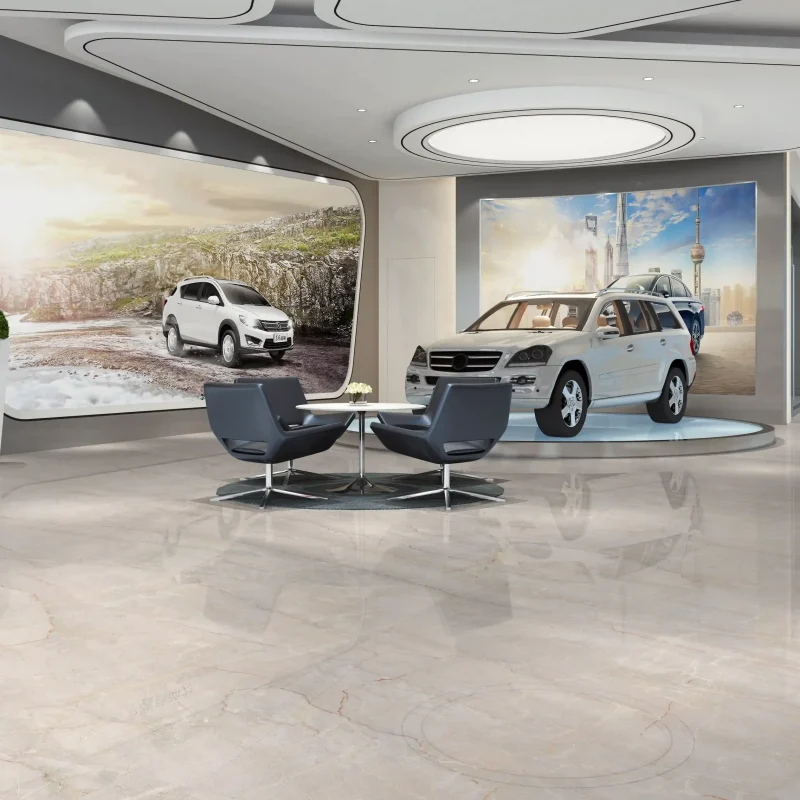 MONTERA RIO Marble Look Porcelain Tiles
MONTERA RIO Marble Look Porcelain Tiles -
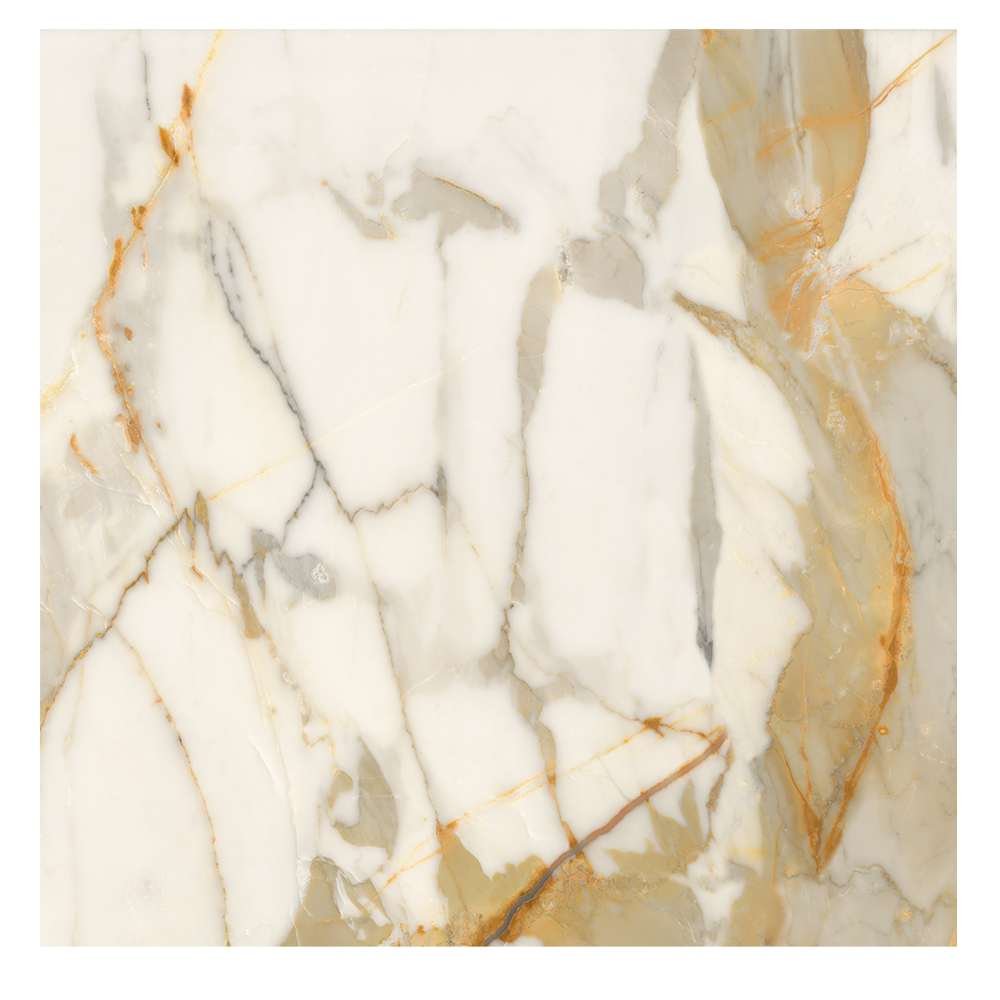 CALCATTA ORO Marble Look Porcelain Tiles
CALCATTA ORO Marble Look Porcelain Tiles -
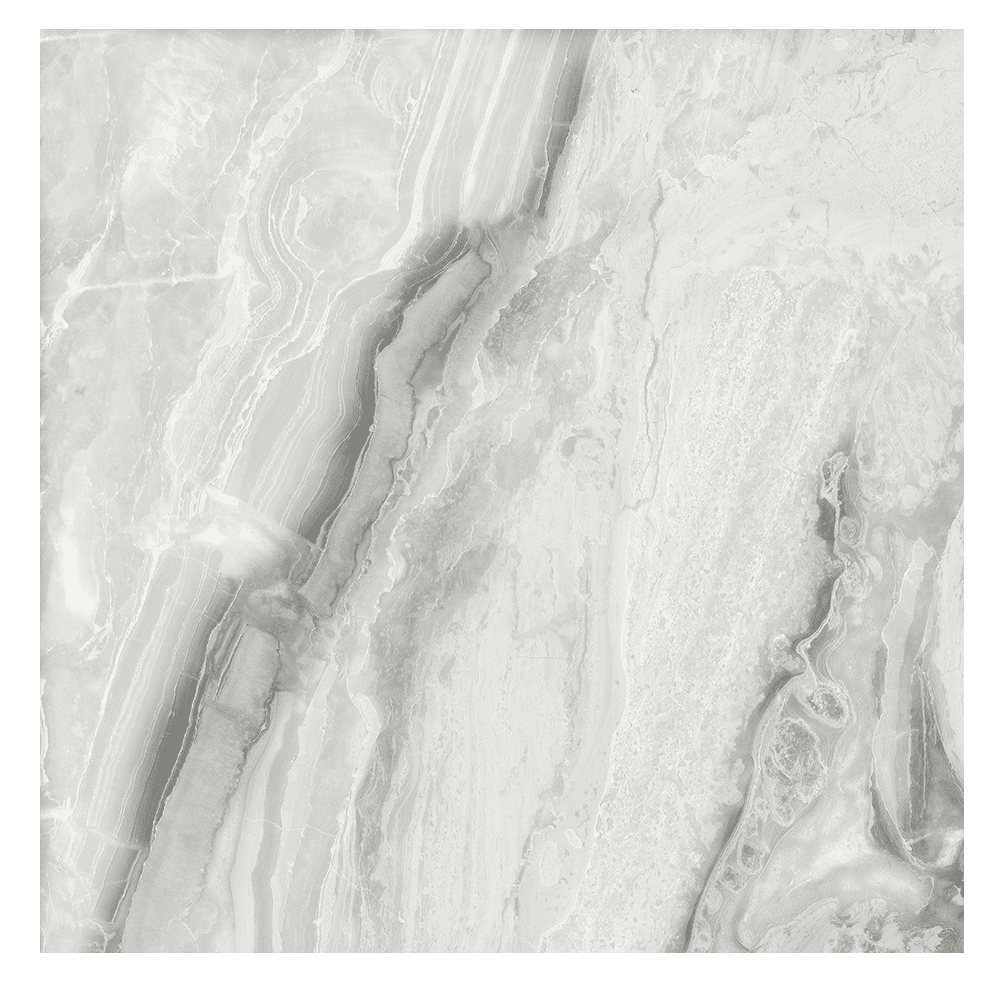 APEN SILVER Marble Look Porcelain Tiles
APEN SILVER Marble Look Porcelain Tiles -
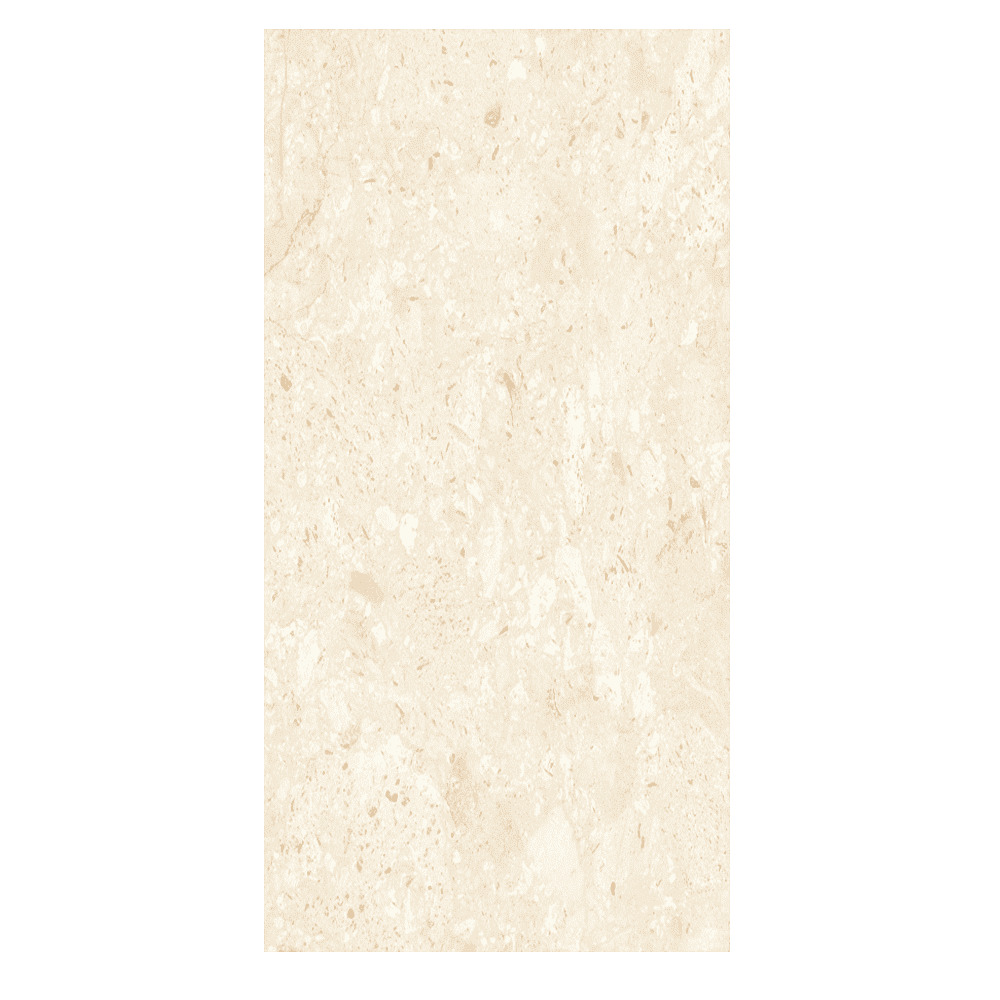 TERRAZZO BEIGE Marble Tile Design for Porcelain
TERRAZZO BEIGE Marble Tile Design for Porcelain -
 TROPICANA WHITE Marble Tile Design for Porcelain
TROPICANA WHITE Marble Tile Design for Porcelain
Granite stone
What is granite?
Granite, a magnificent natural stone revered for its durability and distinctive beauty, has a long history of being used in both functional and aesthetic applications. Comprising quartz, feldspar, mica, and other minerals, granite is an igneous rock formed from the slow crystallization of magma deep within the Earth’s crust. Its unique blend of minerals gives it a striking appearance and exceptional strength.
How is Granite formed?
The mineral composition of granite contributes to its remarkable resilience. Quartz, one of the primary components, is one of the hardest minerals, making granite highly resistant to scratches, heat, and impact. This durability, combined with its visually appealing speckled appearance, makes granite a popular choice for a wide range of architectural and design projects.
Granite uses
The use of granite dates back to ancient times, with civilizations like the Egyptians and the Romans utilizing it for building monumental structures and sculptures. In more recent history, granite gained prominence as a preferred material for curbstones, bridges, and monumental architecture during the Industrial Revolution.
Today, granite flooring is sought after for its combination of practicality and aesthetic appeal. It is available in various colors and patterns, ranging from the classic salt-and-pepper look to more exotic shades like Blue Pearl from Norway or Black Galaxy from India.
Granite Modern Trends
Current trends in interior design highlight the versatility of granite. It is used not only for flooring but also for kitchen countertops, bathroom surfaces, and even outdoor applications. Its ability to withstand the elements and maintain its beauty makes it an excellent choice for outdoor paving and cladding.
Uses of Granite
Granite’s uses extend to commercial spaces as well. Its resilience against heavy foot traffic and its low maintenance requirements make it a favorite for high-traffic areas such as shopping malls, hotels, and office buildings. It is also used as countertops in majority of the kitchen areas / bathrooms which is also alternative to quartz stone slab.
Things to know before buying granite stone
The benefits of granite flooring are clear, but there are considerations to keep in mind. While granite is highly durable, it can be relatively porous, especially in lighter-colored varieties. Proper sealing is essential to prevent stains and moisture penetration. Additionally, its weight can make installation more complex, and its hardness might require specialized tools for cutting and shaping. Cost of natural stone like granite is one higher side when consider to its alternative with all similar benefits. Also installation of tile stone may require professional to properly apply stone sealer for avoiding leaks.
Alternative to Granite stone tiles
Limestone
What is Limestone?
Limestone, a captivating natural stone that emanates earthy elegance, has been cherished for centuries for its calming presence and distinctive characteristics. Composed mainly of calcite, limestone is a sedimentary rock formed from the accumulation of marine fossils and mineral deposits over time. Its soft tones and subtle textures make it a favored choice for creating spaces that exude serenity and warmth.
How limestone is formed?
The elemental makeup of limestone includes calcium carbonate, which gives the stone its gentle hues and natural veining. This composition also contributes to its unique texture, with variations that range from smooth to slightly rough surfaces.
History of limestone
The history of limestone usage stretches back through the ages. Ancient civilizations, including the Egyptians and Greeks, used it extensively in architecture, employing it to construct everything from temples to pyramids. The Great Pyramid of Giza, one of the Seven Wonders of the Ancient World, is composed largely of limestone.
Modern trends for Limestone
In contemporary design, limestone continues to captivate designers and homeowners alike. Its muted tones and natural appearance provide a versatile canvas for various interior styles. Moreover, its porous nature allows it to be easily carved and shaped, making it a favorite for intricate architectural details.
Famous types of Limestone
Limestone is available in a variety of types, each with its unique aesthetic. For instance, the Jerusalem Gold limestone from Israel features warm gold tones with occasional fossil imprints, while the Jura Beige limestone from Germany boasts cooler shades and fine grain patterns.
Uses of Limestone slab
The current design landscape sees limestone being used not only for flooring but also for wall cladding, fireplace surrounds, and even outdoor landscaping. Its ability to seamlessly blend into both rustic and modern settings makes it an enduring choice for versatile applications.
Limestone’s uses span across residential, commercial, and even historical restoration projects. Its classic appearance lends a touch of understated luxury to living rooms and bathrooms, while its durability and timelessness make it suitable for grand commercial spaces.
Things to consider before buying limestone slab
However, as with any material, limestone has its considerations. It is relatively porous stone and requires proper sealing to prevent staining, particularly in areas prone to moisture exposure. Additionally, its soft nature can make it susceptible to scratching and abrasion, necessitating care and maintenance to retain its original beauty.
Limestone’s gentle charm and historical significance continue to make it a beloved choice for those seeking a harmonious balance between nature and design. Its past and present roles in architecture and interiors highlight its enduring appeal, and while it requires some attention to preserve its integrity, the tranquil beauty that limestone flooring brings to spaces remains unmatched.
Slate Stone
What is slate stone
Slate, a captivating metamorphic rock known for its distinct layered structure and rich color palette, has a storied history and enduring popularity in both traditional and contemporary design. Formed from the compression of clay and volcanic ash over millions of years, slate boasts a unique texture and appearance that adds a touch of rustic charm to any space.
How is slate stone formed?
Slate’s mineral composition includes quartz, mica, and chlorite, resulting in its characteristic layered structure known as foliation. This structure not only contributes to its visual appeal but also makes it exceptionally durable and resistant to water, making it a popular choice for areas prone to moisture.
History of Slate stone
The usage of slate dates back centuries, with evidence of its use in roofing materials and as writing tablets in ancient civilizations. Its durability and resistance to temperature changes led to its incorporation in various architectural elements, from flooring to countertops.
Today, slate remains a versatile and sought-after material. It is available in an array of colors, ranging from deep charcoal and gray to rich earthy tones like green, brown, and even purple. This diversity allows designers to choose a slate that harmonizes with their design vision.
Trends in Slatestone
Contemporary trends highlight slate’s unique aesthetic, making it a favorite for spaces that aim to capture a rustic, natural, or industrial ambiance. Its distinctive texture, combined with its durability and slip-resistant properties, has led to its use in both interior and exterior spaces.
Uses of slate stone slab tiles
Slate is often selected for its robustness, particularly in high-traffic areas like entryways, kitchens, and bathrooms. Its natural variation in color and texture ensures that each installation is truly one-of-a-kind.
Things to consider while buying slate stone
However, there are certain aspects to consider when opting for slate flooring. Its layered structure can sometimes lead to uneven surfaces, making proper installation essential to ensure a smooth, level floor. Additionally, slate’s natural cleft surface can trap dirt and require more thorough cleaning compared to smoother stones.
Slate flooring encapsulates the beauty of nature’s intricate processes. Its history, rugged appeal, and durability have made it a timeless choice for spaces seeking a touch of organic charm. Though some maintenance is necessary to keep it looking its best, the enduring elegance and distinctive character of slate flooring continue to captivate homeowners and designers alike.
Similar looking slate stone in porcelain tiles (Budget friendly)
Travertine stone
What is Travertine Stone tiles?
Travertine, a distinctive natural stone celebrated for its unique pitted texture and warm, earthy appearance, has a rich history that dates back to ancient times. Formed from limestone deposits that have undergone geological transformations, travertine is a sedimentary rock characterized by its porous surface and organic charm.
How is Travertine stone tiles formed?
The composition of travertine primarily includes calcite, which gives it its characteristic hue, along with various mineral impurities that contribute to its color variations. The porous nature of travertine is due to the presence of interconnected voids and pits that add to its natural, rustic allure.
History of Travertine tiles
The usage of travertine traces back to the Roman Empire, where it was a favored material for constructing iconic structures like the Colosseum and the Trevi Fountain. Its availability in abundance around the region of Tivoli, Italy, made it a practical and aesthetically pleasing choice for architecture.
Modern trends of Travertine tiles
In modern interior design, travertine continues to captivate designers and homeowners with its distinct appearance. The stone is available in a range of tones, from light creams and beiges to deeper browns and reds. This versatility allows for its integration into a wide array of design styles.
Contemporary trends have seen travertine being used not only for flooring but also for wall cladding, fireplace surrounds, and even outdoor patios. Its natural texture and ability to withstand the elements make it a favorite for creating seamless transitions between indoor and outdoor spaces.
Uses of Travertine tiles
Travertine’s uses extend to both residential and commercial settings. Its durability and slip-resistant properties make it suitable for spaces that require both elegance and practicality, such as living rooms, bathrooms, and poolside areas.
Things to consider while buying travertine natural stone tiles
However, there are important considerations when selecting travertine flooring. Its porous nature means that proper sealing is essential to prevent staining and moisture absorption. While the pits and voids contribute to its unique character, they can also collect dirt and debris, necessitating regular maintenance.
Travertine flooring tiles encapsulates the enduring beauty of natural stone with a distinctive touch. Its history, texture, and versatility have cemented its place as a beloved choice for those seeking an organic yet refined aesthetic. Though maintenance is required to preserve its integrity, the timeless elegance and character that travertine brings to interiors continue to resonate with designers and homeowners worldwide.
Similar looking Travertine stone in porcelain tiles (Budget friendly)
-
 TERRAZZO BEIGE Marble Tile Design for Porcelain
TERRAZZO BEIGE Marble Tile Design for Porcelain -
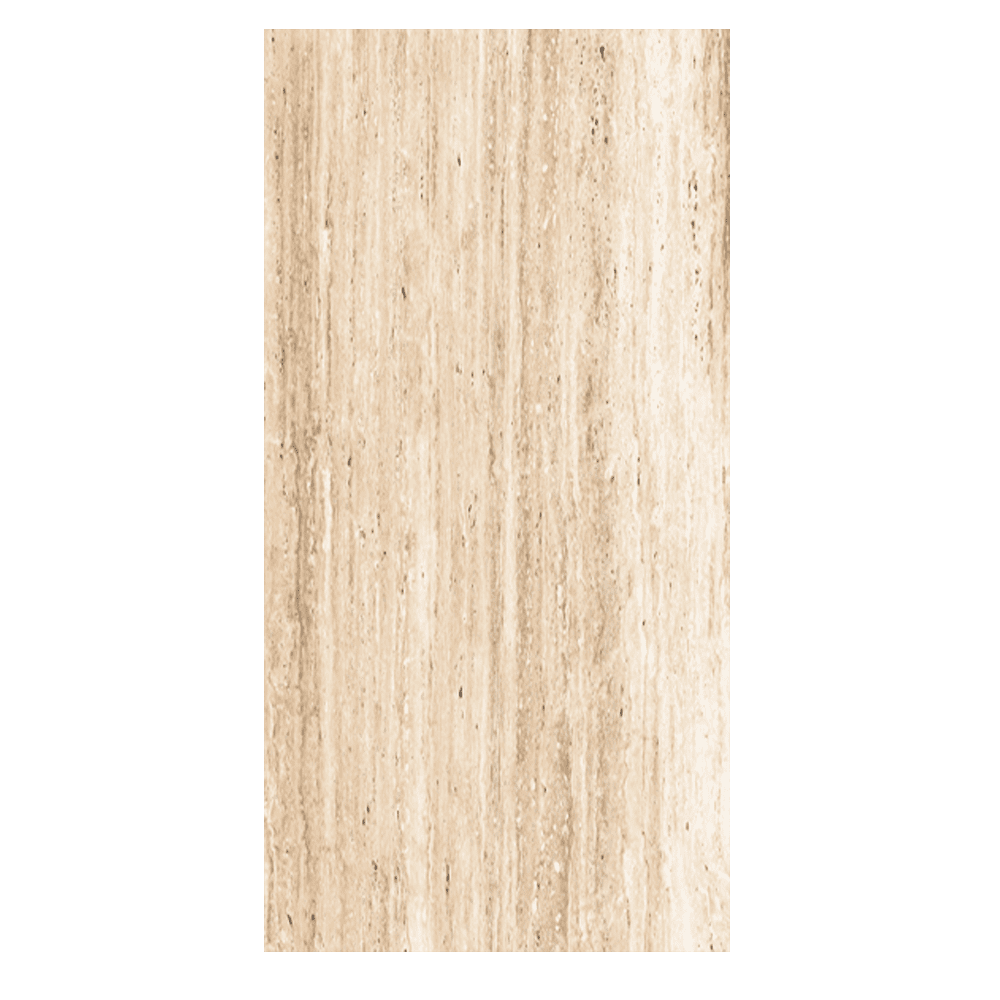 TRAVENTINO ROYAL Marble Tile Design for Porcelain
TRAVENTINO ROYAL Marble Tile Design for Porcelain -
 Travertine White | Cream Beige Travertine Look Tiles
Travertine White | Cream Beige Travertine Look Tiles -
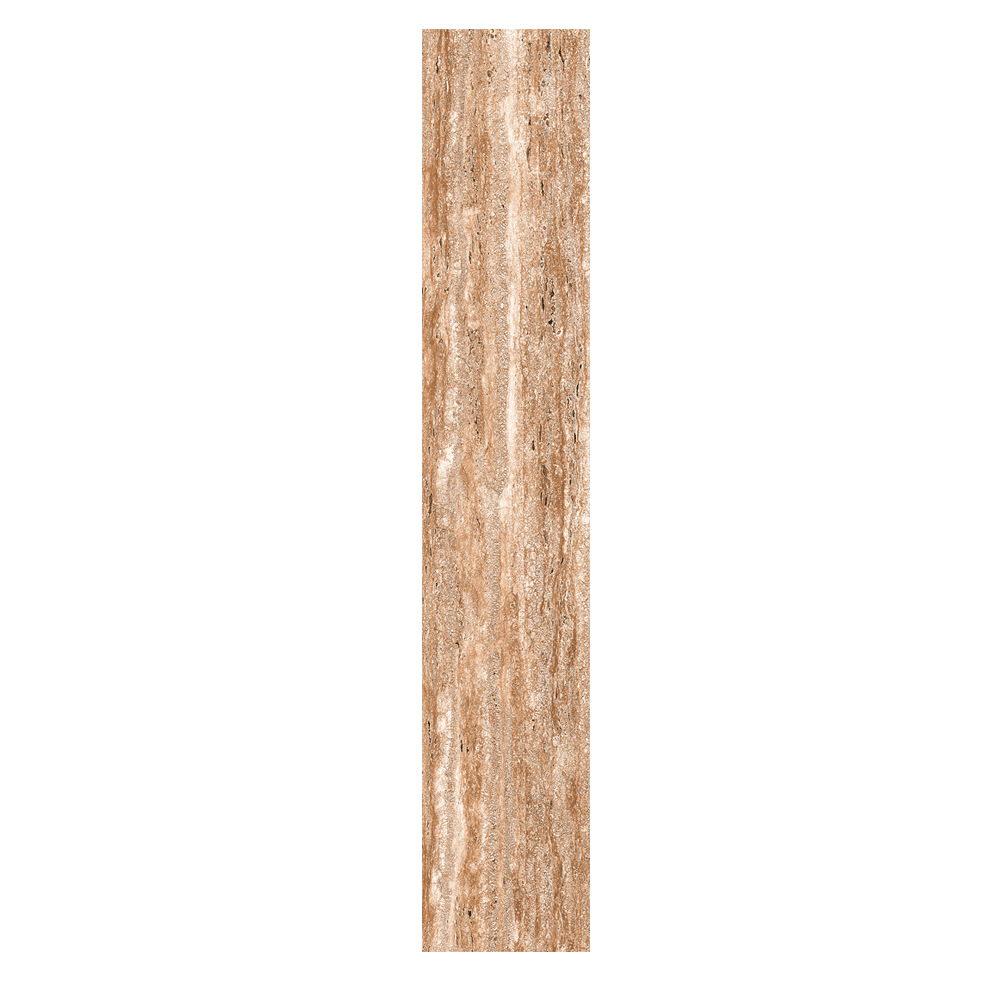 Travertine Red Tile | Beige Brown Porcelain Plank
Travertine Red Tile | Beige Brown Porcelain Plank -
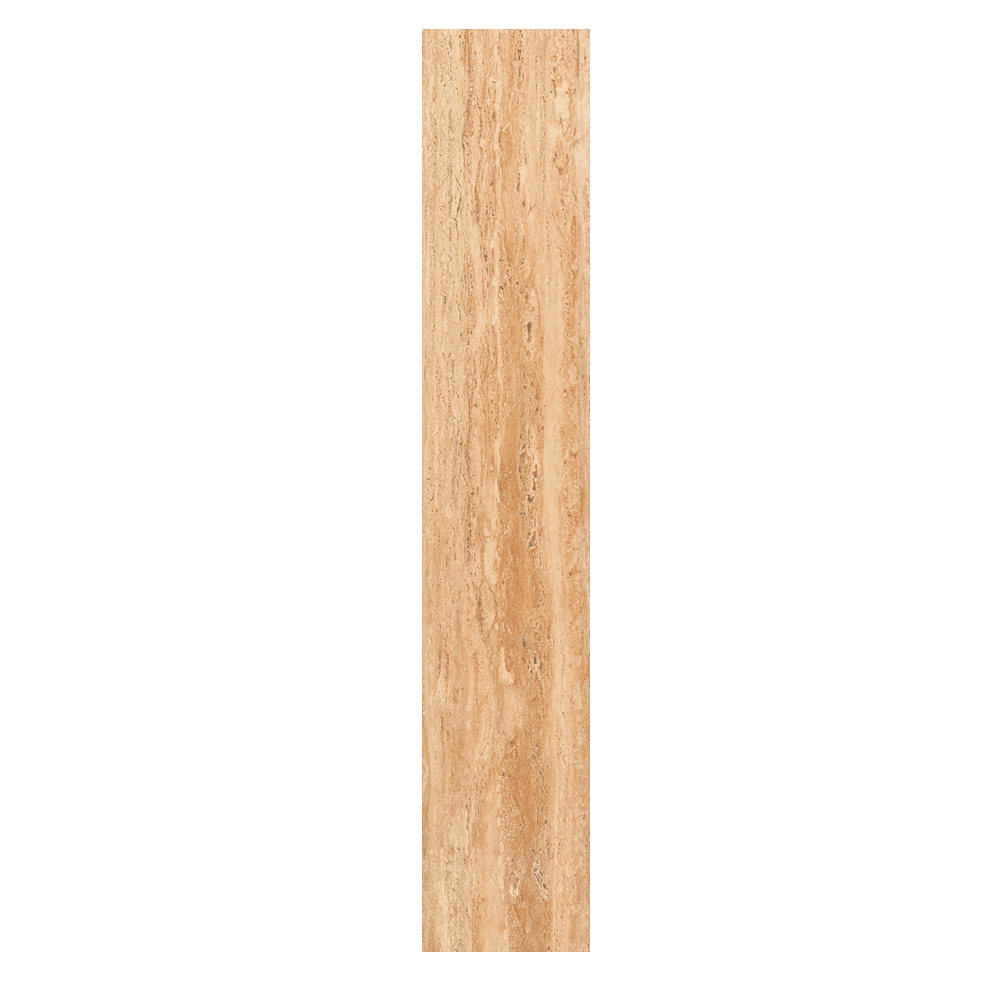 TRAVERTINE GREY Look Tile | Cream Color Porcelain Plank
TRAVERTINE GREY Look Tile | Cream Color Porcelain Plank -
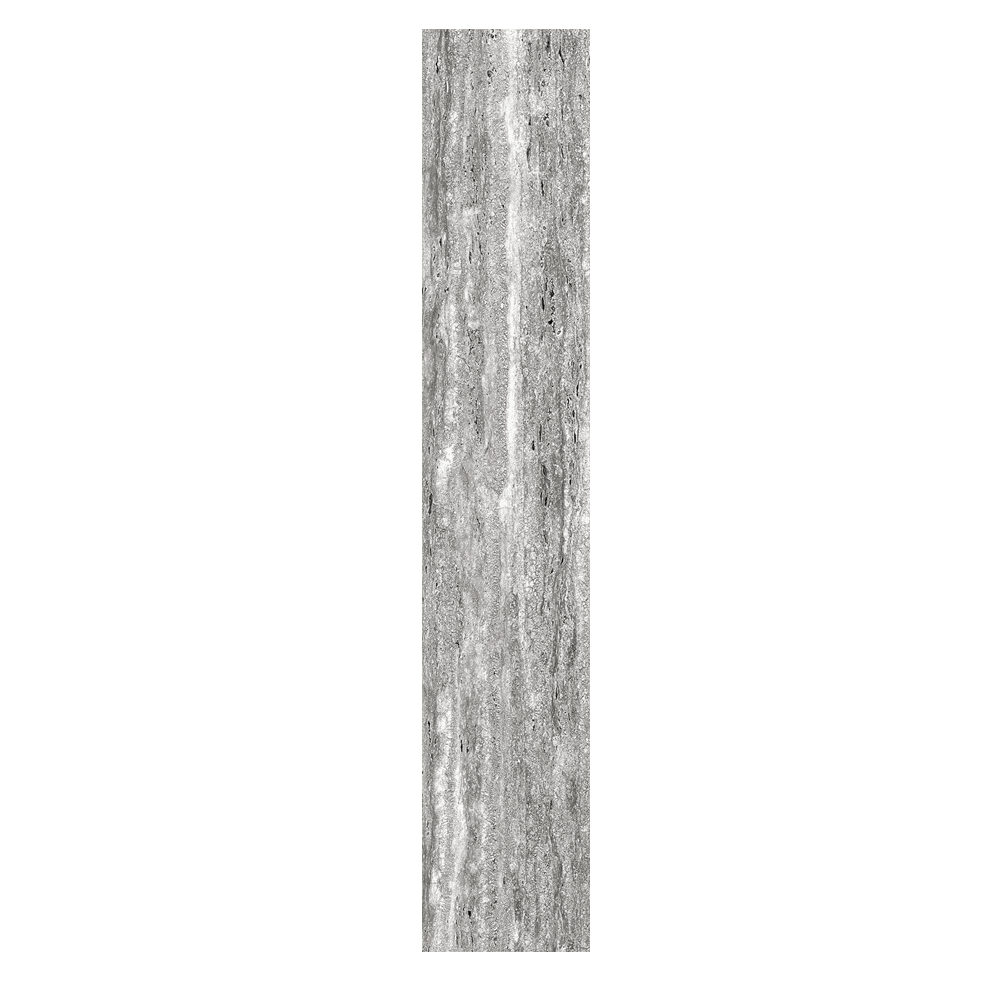 TRAVERTINE DARK GREY Look Porcelain Tiles
TRAVERTINE DARK GREY Look Porcelain Tiles -
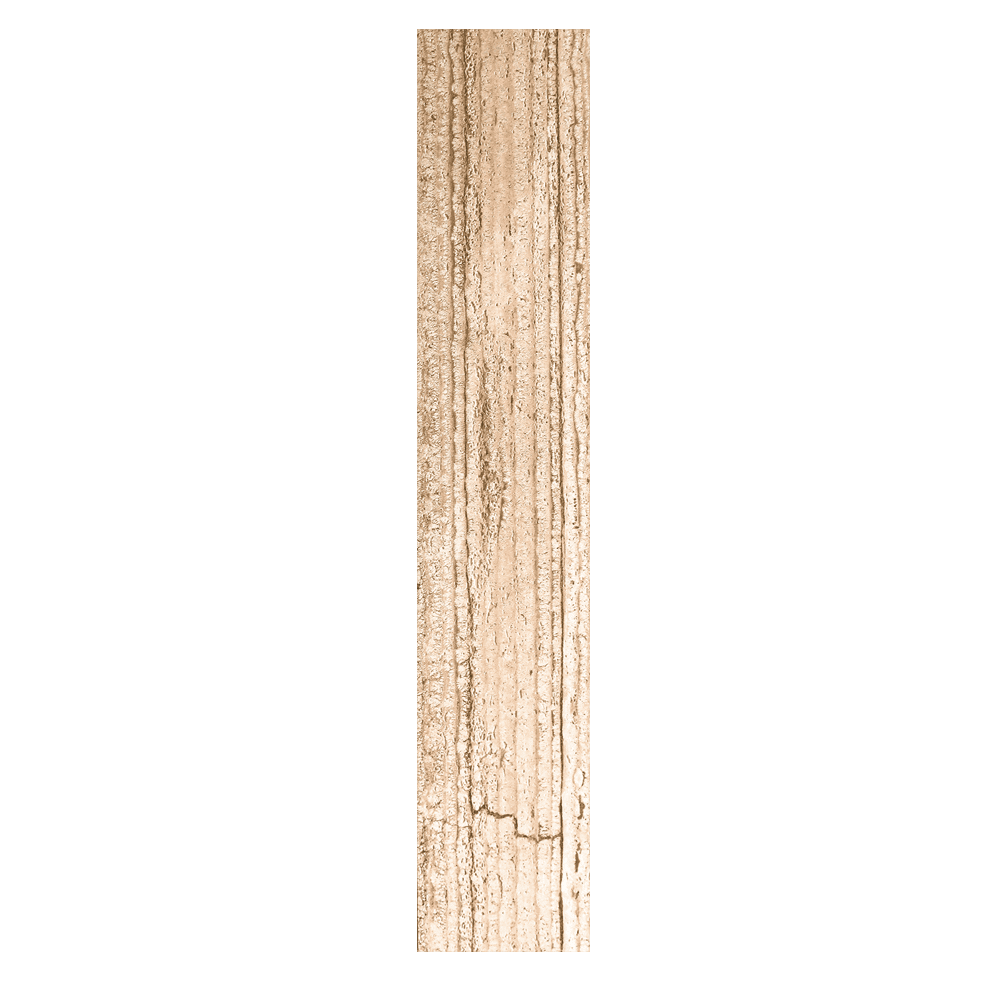 TRAVERTINE BROWN | Brown Travertine Porcelain Tiles
TRAVERTINE BROWN | Brown Travertine Porcelain Tiles -
 TRAVENTINE BEIGE | Beige Travertine Porcelain Tiles
TRAVENTINE BEIGE | Beige Travertine Porcelain Tiles -
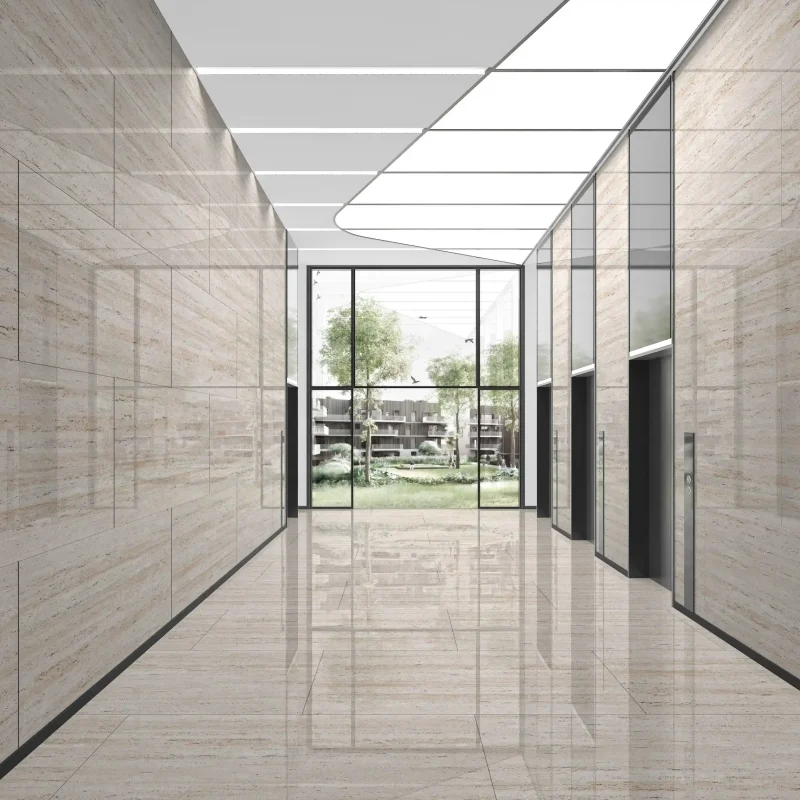 SAND TRAVENTINO Cream Marble Look Tile
SAND TRAVENTINO Cream Marble Look Tile
Quartz Stone
What is natural quartz stone
Natural quartz stone, a mesmerizing geological wonder, is a product of the Earth’s intricate processes that have unfolded over millions of years. Comprising pure quartz crystals, this stone captivates with its stunning appearance, inherent strength, and diverse applications in interior design.
One of the fascinating attributes of natural quartz stone is its piezoelectric property—when subjected to pressure, it generates an electrical charge. This unique quality finds applications in technology, from quartz watches to electronics, further emphasizing its significance beyond aesthetics.
How is quartz stone formed?
Quartz, one of the most abundant minerals on Earth, is a crystalline form of silicon dioxide. Natural quartz stone is created when quartz crystals undergo intense pressure and heat beneath the Earth’s surface, resulting in the remarkable formations that grace our planet. The allure of natural quartz stone lies in its remarkable diversity of colors and patterns. From the icy whites of snowy landscapes to the deep hues of rich forests, quartz showcases nature’s artistic palette. The crystals can be translucent or opaque, reflecting and refracting light in ways that create captivating visual effects.
History of quartz
Natural quartz stone’s history is deeply intertwined with human civilization. Ancient cultures revered quartz for its beauty and believed it held spiritual significance. Quartz crystals were used in various cultural practices, from amulets to divination tools, reflecting the mystical reverence they commanded.
Types of quartz stone
Quartz stone is available in a plethora of colors and patterns, making it incredibly versatile for various design aesthetics. Whether you seek the look of marble, granite, or a completely unique appearance, quartz stone can be customized to meet your vision.
Modern trends of Quartz stone
In the modern world, natural quartz stone’s incredible beauty has found its way into interior design. It’s employed in a myriad of applications, including countertops, wall cladding, flooring, and decorative accents. Its natural hardness and resistance to scratching make it suitable for high-traffic areas, while its versatility lends itself to both contemporary and traditional design styles.
Uses of quartz stone
Quartz stone’s uses span from residential to commercial settings. Its low maintenance requirements and consistency in pattern and color make it suitable for spaces that experience kitchen areas for countertops.
Things to consider before buying quartz stone
However, like any natural material, there are considerations to ponder when using natural quartz stone. It is an investment that requires proper care and maintenance to preserve its luster and longevity. Additionally, each slab’s unique patterns and colors mean that achieving uniformity across larger surfaces may require meticulous selection and planning.
Engineered Quartz countertop aka Quartz slab tile
This is artificial man made quartz slab which has quartz and resin mixed to make finished articifical quartz slab product.
Quartz look countertop in Porcelain body (Budget friendly)
Related Topics
- Top 101+ Best Gray Marble Floor & Wall Tiles Collection
- Best Outdoor Patio Tiles for Floor | Buy direct
- Marble vs Porcelain Tiles: The Ultimate Comparison Guide
- ESSEL BROWN – Solid Color Plain Slab Tiles
- Latin Beige | Ceramic Floor & Wall Tiles | Living Room
- Beige Stone Look Tile – River Stone Brown | Porcelain
- Statuario Classic | White Marble Look Tiles
- TERRANO MULTI Brownish Orange Marble Look Tiles
- Tiles in Caribbean Islands – Buy Ceramic & Porcelain
- Tiles in Miami City: Best Ceramic & Porcelain tiles at Low









